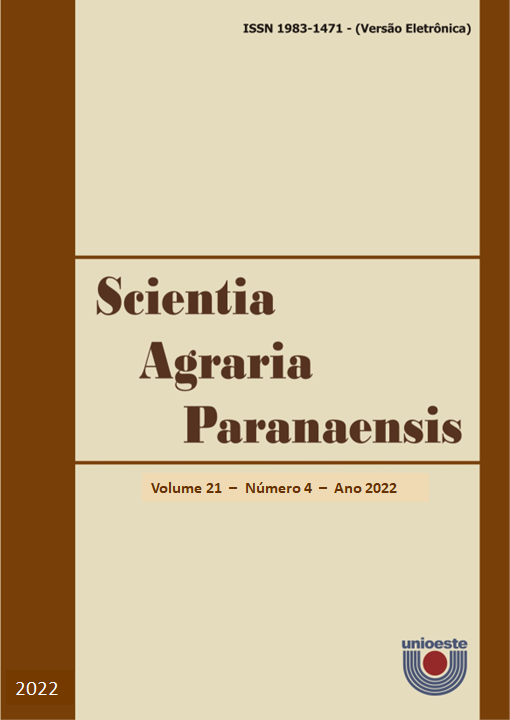Economic feasibility analysis of rock-basalt dust for soybean production in the Dourados/MS
DOI :
https://doi.org/10.18188/sap.v21i4.29510Résumé
With the hypothesis that the use of rock dust is an economically viable alternative for supplementary fertilization in the soybean crop in the region of Dourados, Mato Grosso do Sul (MS), this study evaluated the use of rock dust in the soybean crop, taking into account the relationship between productivity and cost of production. The experiment was installed with the application of rock dust (0, 2.5, 5.0, 7.5, and 10 Mg ha-1) in soybean cultivation. Productivity, production cost, and economic viability indicators were monitored and calculated. Results showed that the application of rock dust positively influenced the total revenue, as well as the gross margin and net margin of the treatments, allowing a higher rate of return on the producer's investments. With the application of doses greater than 2.5 Mg ha-1 of rock dust, a higher total revenue could be obtained, however, there was a lower value of gross margin, net margin, leveling price, and leveling point components. Therefore, conclude that the application of up to 2.5 Mg ha-1 is a viable alternative to increase soybean profitability in the region of Dourados/MS.
Téléchargements
Publié-e
Comment citer
Numéro
Rubrique
Licence
Aviso de Direito Autoral Creative Commons
Política para Periódicos de Acesso Livre
Autores que publicam nesta revista concordam com os seguintes termos:
1. Autores mantém os direitos autorais e concedem à revista o direito de primeira publicação, com o trabalho simultaneamente licenciado sob a Licença Creative Commons Attribution que permite o compartilhamento do trabalho com reconhecimento da autoria e publicação inicial nesta revista.2. Autores têm autorização para assumir contratos adicionais separadamente, para distribuição não-exclusiva da versão do trabalho publicada nesta revista (ex.: publicar em repositório institucional ou como capítulo de livro), com reconhecimento de autoria e publicação inicial nesta revista.
3. Autores têm permissão e são estimulados a publicar e distribuir seu trabalho online (ex.: em repositórios institucionais ou na sua página pessoal) a qualquer ponto antes ou durante o processo editorial, já que isso pode gerar alterações produtivas, bem como aumentar o impacto e a citação do trabalho publicado (Veja O Efeito do Acesso Livre).
Licença Creative Commons
Esta obra está licenciada com uma Licença Creative Commons Atribuição-NãoComercial-CompartilhaIgual 4.0 Internacional, o que permite compartilhar, copiar, distribuir, exibir, reproduzir, a totalidade ou partes desde que não tenha objetivo comercial e sejam citados os autores e a fonte.


